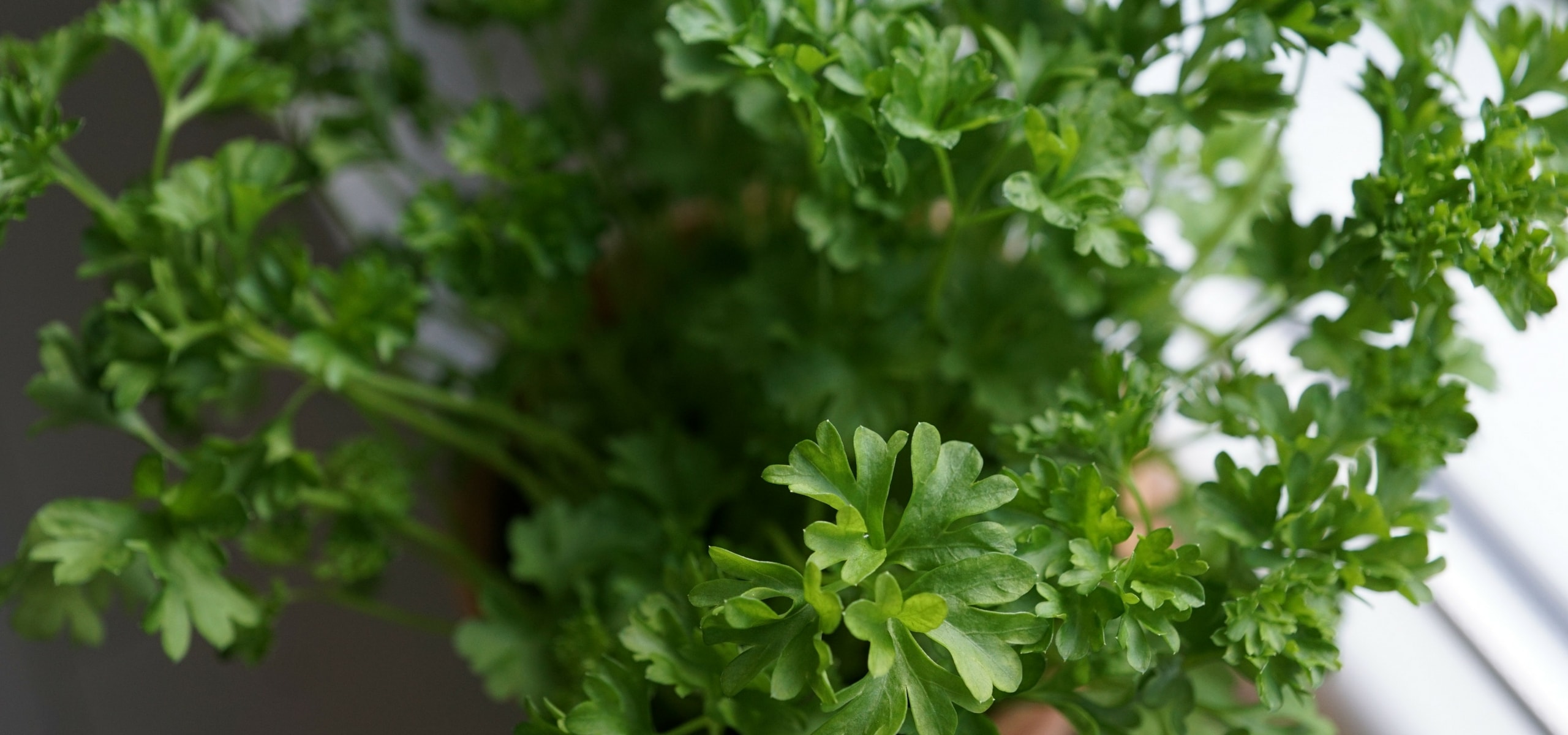
Succeeding in growing parsley
From sowing to harvest
Contents
Location and soil
The Parsley is a biennial plant that can be grown both in pots and in the garden. It thrives in cool, humus-bearing soils and is ideally cultivated in partial shade.
Read also
Sowing of aromatic plantsA somewhat delicate sowing and a slow germination
Sowing parsley takes place from March in an unheated shelter or from April to September in open ground. It is an herb that dislikes transplanting: it should be sown directly in place, either in pots or in the garden, in well-prepared soil: weeded, loosened with a spade or a bio-fork, and then raked with a rake to achieve fine soil.
Sowing is a somewhat delicate step, as its germination is slow (it can take up to a month) and requires constant moisture. It can be sown in rows spaced 20 cm apart or broadcast. Once germinated, thinning should be done to keep only one plant every 8 cm or so.
To speed up germination, it is advisable to:
- soak the seeds in water for 24 hours,
- use fresh seeds, as the germination duration of parsley is quite short,
- cover the sowing with a jute cloth or a crate to retain moisture.
Sowing can be replaced by purchasing young plants that can be placed outside, on the windowsill or in the garden from April to September.
→ Read Alexandra’s tips in the tutorial How to sow parsley?
A cultivation that requires occasional watering
Regular maintenance involves carrying out regular weeding and hoeing. Parsley requires frequent watering: the soil must remain moist. These operations can be spaced out or significantly reduced if you mulch the soil with fine layers of previously dried grass clippings, for example.
In the second year, watch for the appearance of flower spikes: by cutting them in time, you will extend the harvest slightly. You can also allow the parsley to flower, as it will produce seeds that will self-sow if the soil is suitable.
Parsley generally does not suffer from diseases, except for rust in confined situations. You can easily get rid of it by cutting off the affected leaves.
Read also
To grow parsley in a potThe harvest
Parsley can be grown for its foliage but also for its root (tuberous varieties), which can be consumed in a similar way to parsnip. Harvests of flat or curly parsley are possible a few weeks after sowing. It occurs in autumn for tuberous parsley.
- Subscribe!
- Contents





























